| Author: | | Site Supporter Registered: May, 2019 Location: Vancouver, BC Posts: 122
1 user found this helpful
| | Review Date: November 17, 2019 | Recommended | Price: $85.00
| Rating: 9 |
| Pros: | Build quality; short throw focusing; compact size; low light performance. | | Cons: | Somewhat soft @ f/2. | | Sharpness: 8
Aberrations: 9
Bokeh: 8
Handling: 10
Value: 10
Camera Used: Spotmatic F and A7II (adapted)
| |
I have the SMC Super Takumar 49mm filter size version, which seems to get panned a lot more than it deserves. This may be, in part, because lens sharpness is all the rage today. Without a doubt, using this lens on today's DSLRs will reveal some shortcomings--but this is true of any vintage lens from this era. In some ways, the astonishing quality of other Super Takumar lenses may make us a bit too-critical of the lesser lenses in this lineup. What it really boils down to is how much you value the qualities this lens does possess.
What are those qualities? Well, for starters, it's small, fast, lightweight, and quick-focusing due to its short-throw focusing arc. It also produces some nice bokeh provided the background isn't too busy. Good luck trying to find a modern autofocus 35mm with these qualities.
Where this baby really shines is when it's paired natively with a Spotmatic camera. It's a gem for shooting street images. Set a reasonable aperture, employ zone focusing, and walk around with confidence that this lens will deliver the goods.
In the end, only you can decide how these qualities measure up against its heavier, more expensive, somewhat better performing sister lens. All I'm asking is that you give this lens serious consideration. To my mind, it more than meets my needs and makes me smile--shot after shot, and year after year.
| | | | | | | New Member Registered: May, 2013 Location: Jakarta Posts: 2 | | Review Date: March 18, 2018 | Recommended | Price: $110.00
| Rating: 8 |
| Pros: | built, color, good for low light capture, handling | | Cons: | flare @wide open, sharpness | | Sharpness: 7
Aberrations: 7
Bokeh: 8
Handling: 9
Value: 7
Camera Used: MV, MESuper, A7, XE2
| |
mine is 67mm diameter version
pros: built, color, handling, good for low light capture
cons: flare at wide open, getting sharp @f2.8, rare, price
| | | | | New Member Registered: April, 2015 Posts: 3
9 users found this helpful
| | Review Date: November 19, 2016 | Recommended | Price: $150.00
| Rating: 10 |
| Pros: | Sharp | | Cons: | large size | | Sharpness: 10
Aberrations: 10
Bokeh: 8
Handling: 10
Value: 10
Camera Used: S1a - SV
| |
I am reviewing the early 35mm f2.0 with the 67mm filter thread. My example is mint and would be considered as new. My SV and S1a cameras are CLa'd by Erik and function as new. I feel it is important to be clear about the condition of the lens and camera before continuing with the review.
Being confident of a sharp image on the focusing screen must be fundamental to the image quality on the film plane. If the camera is not in the best of condition particularly the Frenzel screen there will be difficulty in pin sharp focus.
Distortion; There is a little barreling at the extream edges of the frame. I find this acceptable as one can quickly raise the enlarger 5% over image size and entirely eliminate this problem. If one indeed considers it a problem.
Fall Off - Vignetting; At f2.0 there is a slight vignetting in the corners of the frame, although I most often 'burn in' the edges of my prints, so this has never been a significant problem to me. By f4.0 the 'problem' is non-existent.
Contrast; At f2.0 contrast is average, although if you understand that this is not a disadvantage in certain situations, for example when photographing a high contrast subject or using a digital full frame, it will not prevent a photographer from investing in this lens. At 2.8 there is an improvement at f8.0 contrast is one grade of paper higher than wide open. I use Fomapan 100 and Rodinal 50+1 for 9 minutes and incident light reading for most of my work. Other film developer combinations will give differing contrast ratios. From my perspective even wide open I have no concerns about contrast. In the darkroom it is easy to increase a half grade, so no problems here.
Sharpness; The variation in reviewers comments upon the sharpness of this lens is interesting. Mounted on a tripod and focused carefully, at f2.0 the lens is impressive. The usual culprits of poor focus and camera shake must be one of its greatest enemies. I would use it at f2.0 without a second thought. At f4.0 and up to the half stop between 8 and 11 it will out resolve Tri-X. At 4 - 5.6 - 8 it is razor sharp with any correctly developed medium speed film (I tested Foma 100 ~ FP4s ~ Agfa 80s developed in D76 and the high acutance Rodinal combinations with this lens).
Conclusion; Look for a mint lens and pay a premium price or find a user without fungus or mist and have it serviced. It is a large and rewarding lens to use and my mint example is destined to become a 'user' it is as good as ANY 35mm I own. The weight of the lens and the now universally accepted quality of the S1a and SV bodies compliment each other very well indeed. I suspect 'pilot error' has much to do with focusing problems. The film photographer needs to have a full understanding of the way film/developer combinations affect the perceived sharpness of the final image.
I use about 100ft of 35mm film a month (20 x 30 exposure reloads) and between 6-8 rolls of E6 transparency film. I have an extensive knowledge of film and processing on a professional level. From this platform of experience, I feel there needs to be a clear understanding about older lenses used with digital sensors. Especially when reviewing an early M42 lens on a modern body using third party converters, other than a Pentax with a K mount converter. I tested 28mm 35mm 50mm 85mm Takumars and SMC on my 5d and there was no way I could achieve consistent results with focusing. About 10 % were way off. I believe there needs to be caution when reviewing lenses outside of the design parameters.
When digital videographers began to use 35mm prime lenses in the search for a so-called cinema effect, and digital stills photographers began to explore the possibilities of these older lenses. A new world of artistic possibilities was created. I suspect they expect too much from the lenses, not that the lenses 'underperform.' I suspect the converters are not 100% perfect and the older optics do not work to the sensors best advantage. And to achieve sharp focus is not as easy as it is with an autofocus lens. My Canon AF full frame is superb and not one manual focus vintage lenses returns as consistent results as the specifically designed lenses on this body. Leica, Nikon and Pentax K are the exception but remember lenses and the film - sensor position on the manufacturer bodies is exact to their lenses.
Photographers will continue to use these lenses because of the exceptional build quality and so long as the film, chemistry and paper are manufactured the 'art' of wet photography will allow them to be used in the exact way for which they were designed. I find it interesting this early 35mm f2.0 is often given poor reviews, my specimen is an exceptional performer and I end with the sentiments I wrote at the beginning of the review. Mounted on a camera which is maintained to first class order it will provide superb results.
| | | | | Pentaxian Registered: April, 2011 Location: Lost in translation ... Posts: 18,076
2 users found this helpful
| | Review Date: March 1, 2016 | Recommended
| Rating: 9 |
| Pros: | Nice bokeh, can be quite sharp, build & handling ... | | Cons: | Flare, 67mm filters for version 1 | | Sharpness: 9
Aberrations: 8
Bokeh: 10
Handling: 9
Value: 9
Camera Used: K-3
| |
Bonjour,
My review is for the "first version" ST 35/2 with the 67mm thread.
Overall I find it to be a very cable lens and the sharpness is more than adequate from f/2.8 and on ...
I am not one to write long detailed reviews, so I will let a few images do the "speaking" ... all taken on K-3
 Backlit B&W with a bit of flare ... by Jean Poitiers, on Flickr Backlit B&W with a bit of flare ... by Jean Poitiers, on Flickr
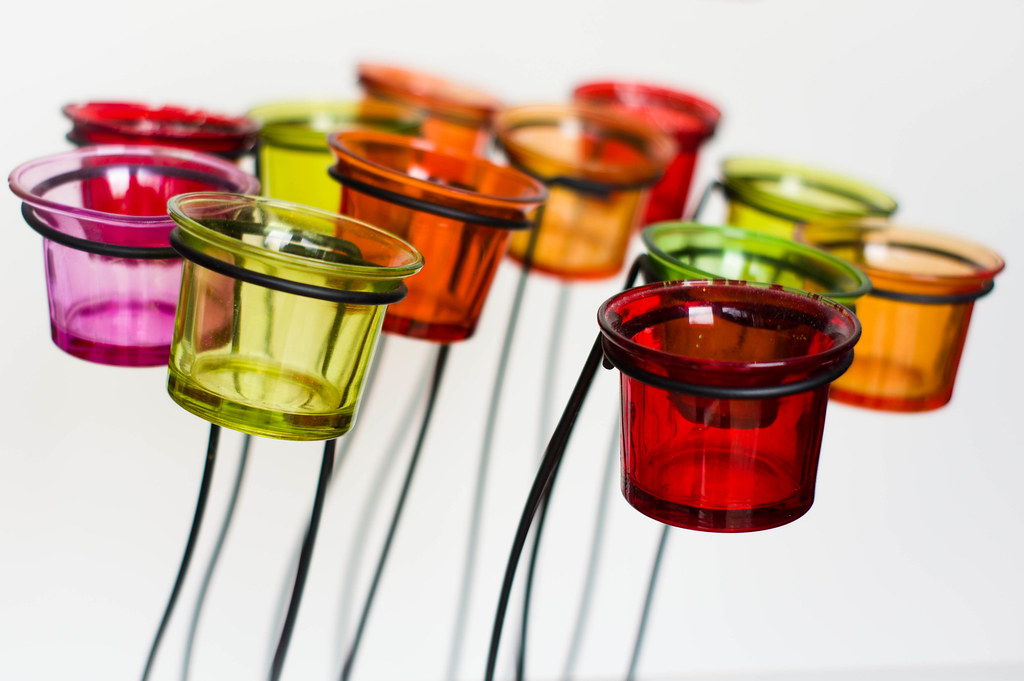 Empty candle holders by Jean Poitiers, on Flickr Empty candle holders by Jean Poitiers, on Flickr
 Two hands, three balls by Jean Poitiers, on Flickr Two hands, three balls by Jean Poitiers, on Flickr
 Ceramic flowers on marble tomb by Jean Poitiers, on Flickr Ceramic flowers on marble tomb by Jean Poitiers, on Flickr
 Artichoke flower by Jean Poitiers, on Flickr Artichoke flower by Jean Poitiers, on Flickr
| | | | | | | New Member Registered: November, 2012 Location: Southern California Posts: 7
2 users found this helpful
| | Review Date: September 21, 2015 | Recommended | Price: $130.00
| Rating: 9 |
| Pros: | great bokeh, very sharp at 2.8 | | Cons: | nothing really, slightly yellowish tone | | Sharpness: 9
Aberrations: 9
Bokeh: 10
Handling: 9
Value: 10
Camera Used: Canon AE-1 Program, 5D Mark II/III
| |
I bought this lens in early 2013, (although I'm posting this in later 2015). So the price of $130.00 is probably outdated/higher, since everyone has been going crazy over the super multi coated takumar lenses since 2013.
ANYWAYS. This lens is great. I also have the 50mm 1.4, 28mm 3.5, 105mm 2.8, 135mm 3.5 takumars too.
And I gotta say, this 35mm is probably right under the 50mm in terms of how much I love it.
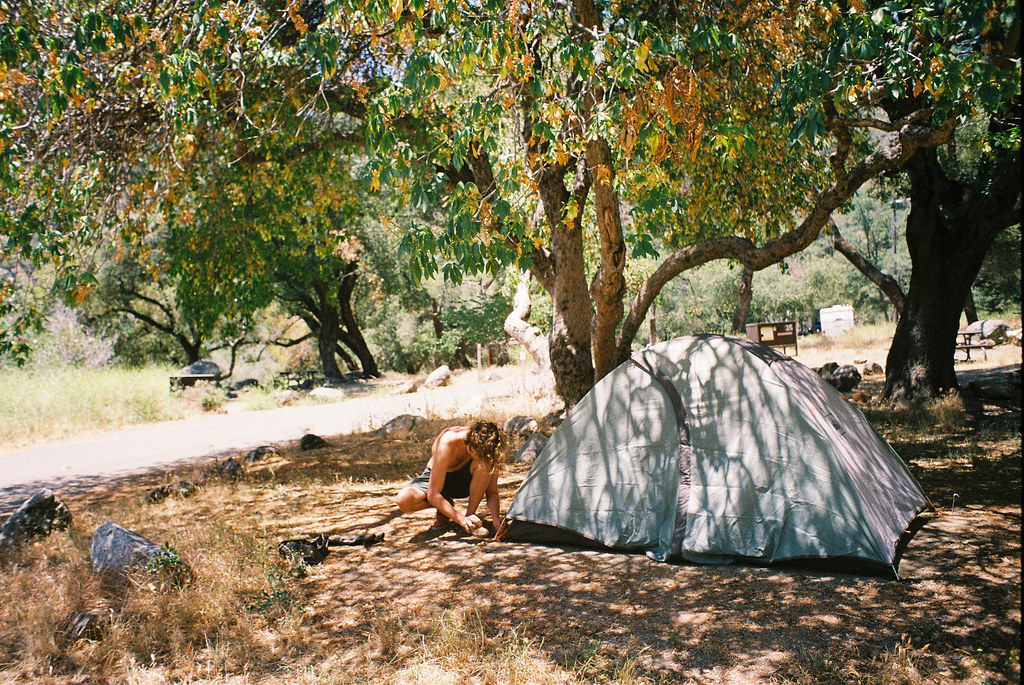
 | | | | | New Member Registered: August, 2015 Posts: 1
2 users found this helpful
| | Review Date: August 16, 2015 | Recommended | Price: $150.00
| Rating: 9 |
| Pros: | Handling, Imaging Performance | | Cons: | Flare, Price | | Sharpness: 9
Aberrations: 7
Bokeh: 7
Handling: 10
Value: 8
Camera Used: Sony Alpha 6000
| |
I am using this lens (67mm Super Takumar version) on a Sony Alpha 6000 (APS-C). The lens is quite heavy, but has its special strenghts (imaging quality, colors) with good light conditions and for night photography. I especially like, how the lens renders lights at night.
Here are two of my favorite shots (not in original resolution):

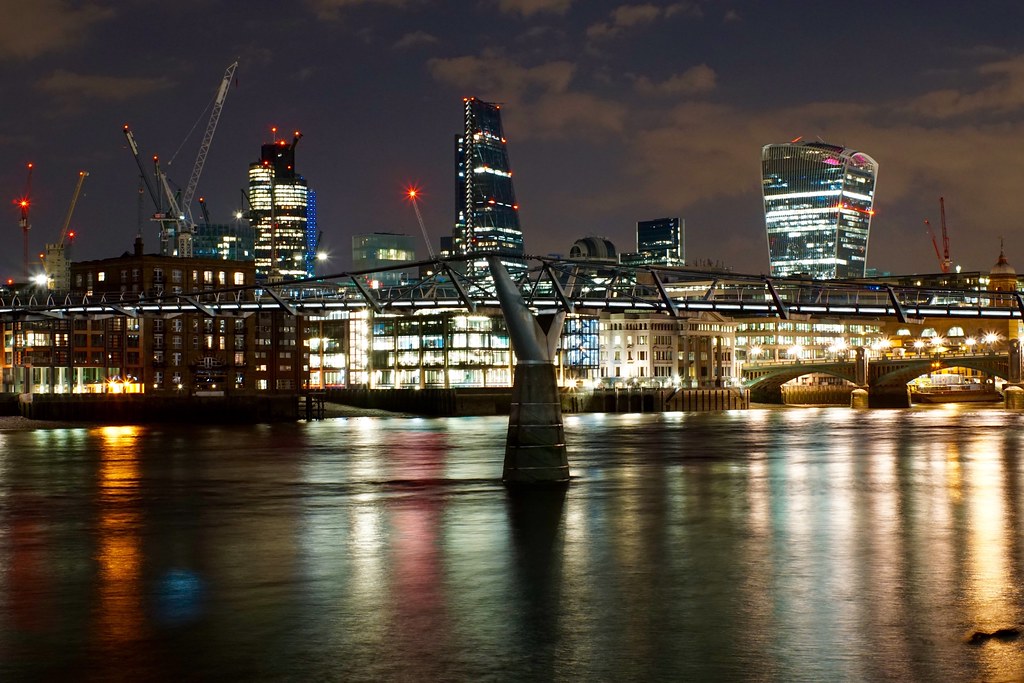
These and more photos can also be found in full resolution on my Flickr account:
https://www.flickr.com/photos/dromm/tags/takumar35/
In my view, in good light conditions and at night, this lens is even better than the highly praised Carl Zeiss Jena Flektogon 35/2.4
Highly recommended!
Olaf
| | | | | Forum Member Registered: October, 2014 Posts: 85
3 users found this helpful
| | Review Date: November 4, 2014 | Recommended | Price: $250.00
| Rating: 9 |
| Pros: | sharp, build quality | | Cons: | average bokeh | | Sharpness: 10
Aberrations: 8
Bokeh: 7
Handling: 10
Value: 10
| |
All in all the Super-Takumar 1:2/35 (49mm filter thread) could be considered as a good manual standard prime lens for the modern APS-C digital cameras. Besides it's also a fast lens so you have the opportunity to experiment with the depth of field and bokeh (but don't expect the impressive results as with 1.8 or 1.4 lenses) and shoot in such light conditions where you usually get boring and noisy images with your 18-55mm F/3.5-5.6 kit lens. Plus the depth of field provided by this lens is not very narrow so you won't miss the focus and the manual focusing ring is comfortable and accurate. You can easily take this lens on a trip and you'll get the images which for sure will be reviewed by you far more than once.
My review of my copy of the lens with shots made at different apertures:
http://aflenses.net/reviews/a-subjective-look-at-asahi-super-takumar-f2-35-d...ujifilm-x-pro1 | | | | | Senior Member Registered: November, 2009 Location: Slovenija Posts: 145
1 user found this helpful
| | Review Date: June 4, 2014 | Not Recommended | Price: $120.00
| Rating: 5 |
| Pros: | small, good build quality | | Cons: | mediocre optics, yellowing | | Sharpness: 5
Aberrations: 7
Bokeh: 8
Handling: 8
Value: 6
Camera Used: Canon EOS 5DmkII
| |
This is FF review of the lens. I have two copies of this lens, Super Takumar V2 and S-M-C Takumar, both are optically mediocre, wide open sharpness is not good, maybe good enough for portret but 35mm lens is not really portret lens. By f4 lens become sharp enough in the center but FF corners are still poor, by f5.6-f8 there is sweet point of the lens, but corners are barely acceptable. There is also very visible field curvature. After achieving first one (super Tak version) i thought that I have lemon, but the second one (s-m-c version) which is in mint condition works the same way. Auto Takumar 35mm f2,3 and Takumar 35mm f3,5 are both much better lens. Both are at f5,6 very sharp across all FF frame.
Here is wide open photo with S-M-C Takumar 35mm f2
 | | | | | New Member Registered: October, 2013 Location: Karlsruhe, Germany Posts: 18
2 users found this helpful
| | Review Date: December 4, 2013 | Recommended | Price: $110.00
| Rating: 9 |
| Pros: | small and handy but w/ typical Tak build, sharp wide open | | Cons: | ugly bokeh with busy backgrounds | | Sharpness: 10
Aberrations: 10
Bokeh: 8
Handling: 10
Value: 10
Camera Used: CANON EOS 60D
| |
Got a mint S-M-C copy y'day, here a few observations from my 1st test:
- quite sharp wide open if you focus correctly. Contrast is relatively low even with hood, but hey, what's Photoshop there for?
- CA is very good controlled for a lens of this age - nothing Adobe Camera Raw can't handle w/o any problems. Actually my CANON EF 85mm /1.8 is worse :-)
- flare control, especially with a hood, is outstanding - which makes it perfekt for backlit portraits
- Bokeh is great IF the background is not too busy - if it is it gets real ugly real fast :-( Here a relatively harmless example - I really don't want to have the real bad ones in my photostream ;-)

OK, that out of the way let's get to the nice ones - all shot wide open on an APS-C CANON 60D. As I did the flickr lens pictures of this Tak with my Zenit Helios 44-3 58mm /2, I let the Tak return the favor:

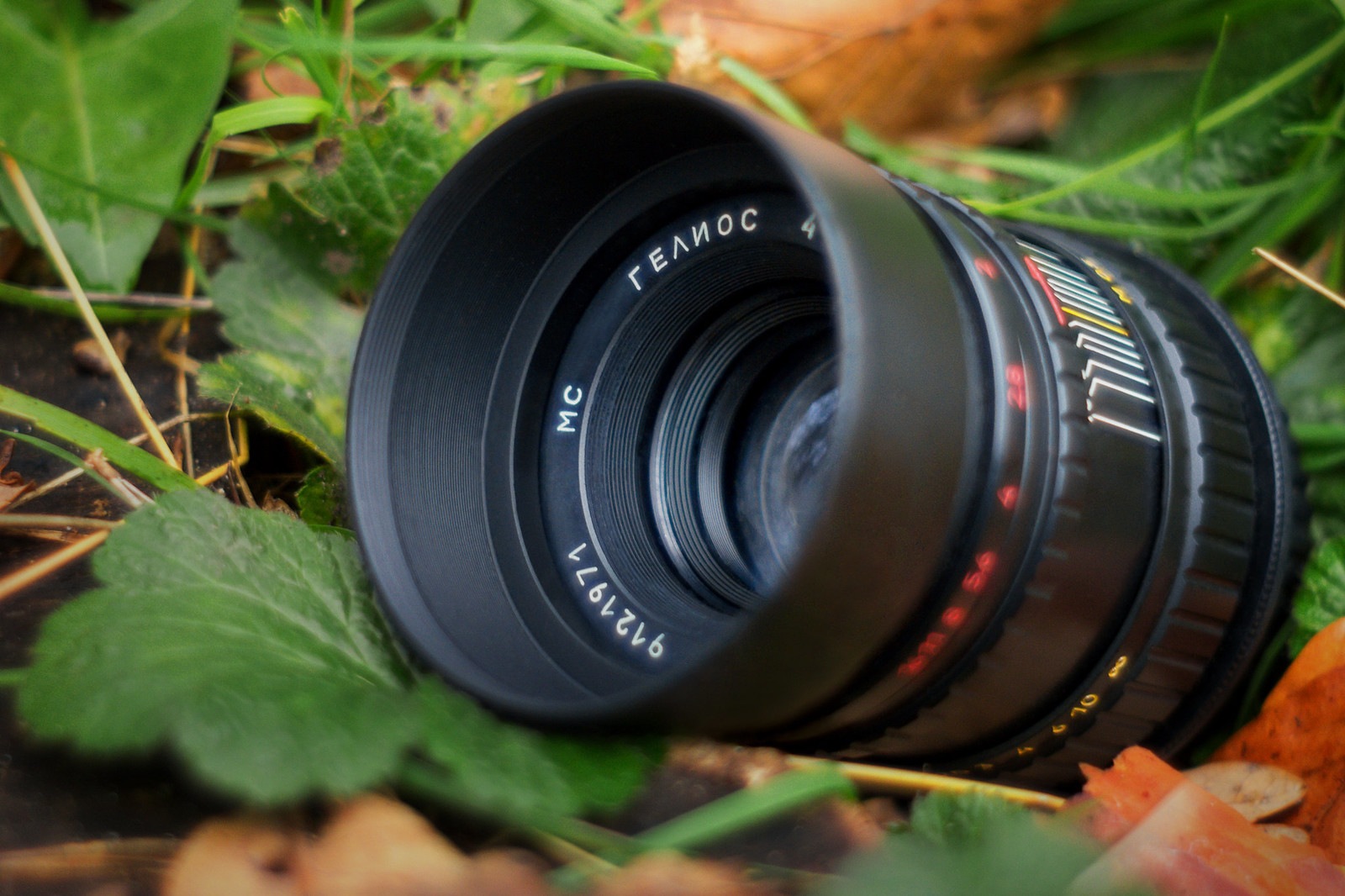
...and while I was at it, my Pentacon 135mm /2.8 got jealous and wanted out of the bag :-)
This Tak looks like the perfekt lens to do eBay product pictures:
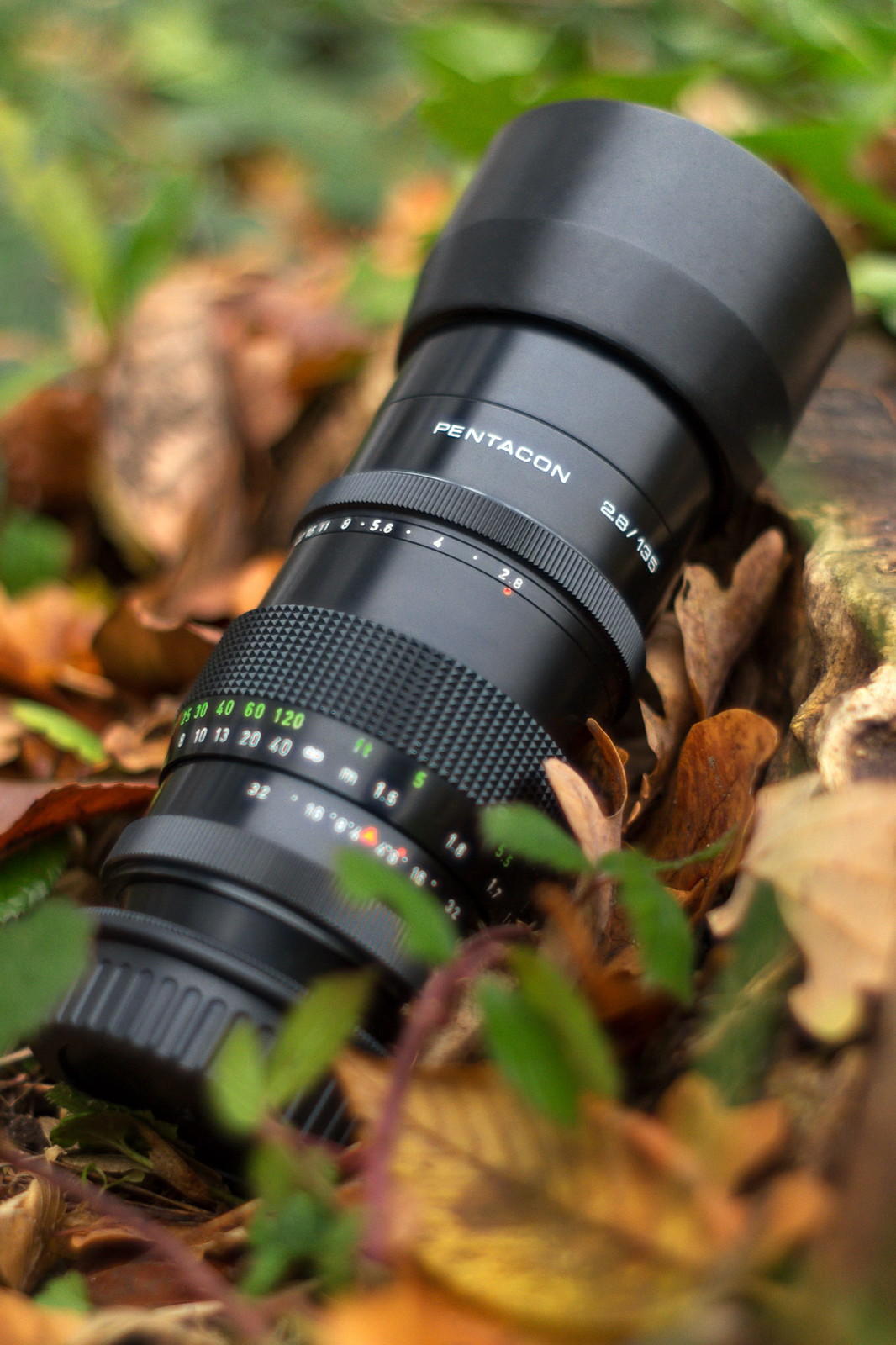 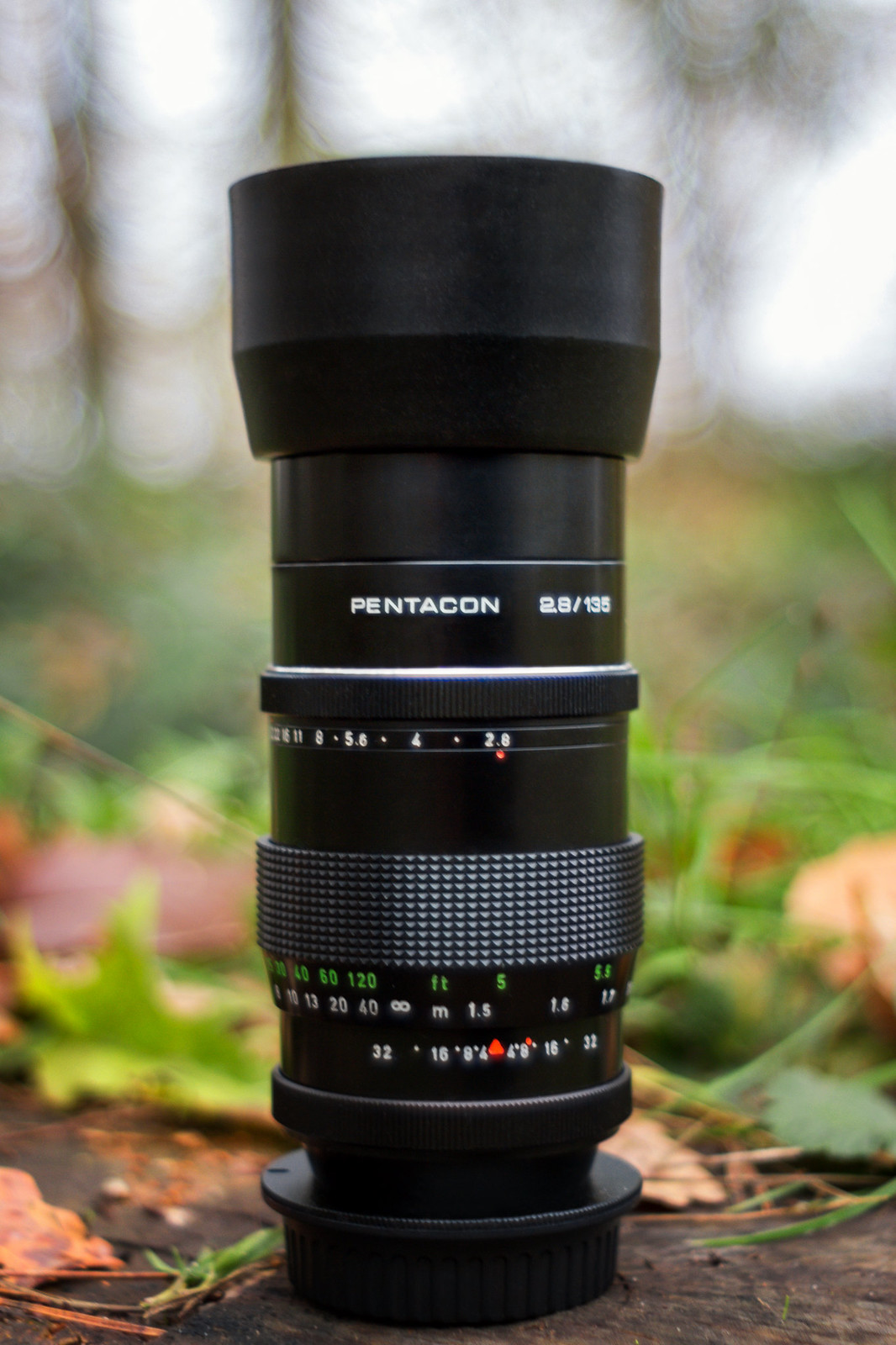
Next is a picture I did to check on CA and handling of fine lines - see for yourself, best in the large resolution on Flickr:
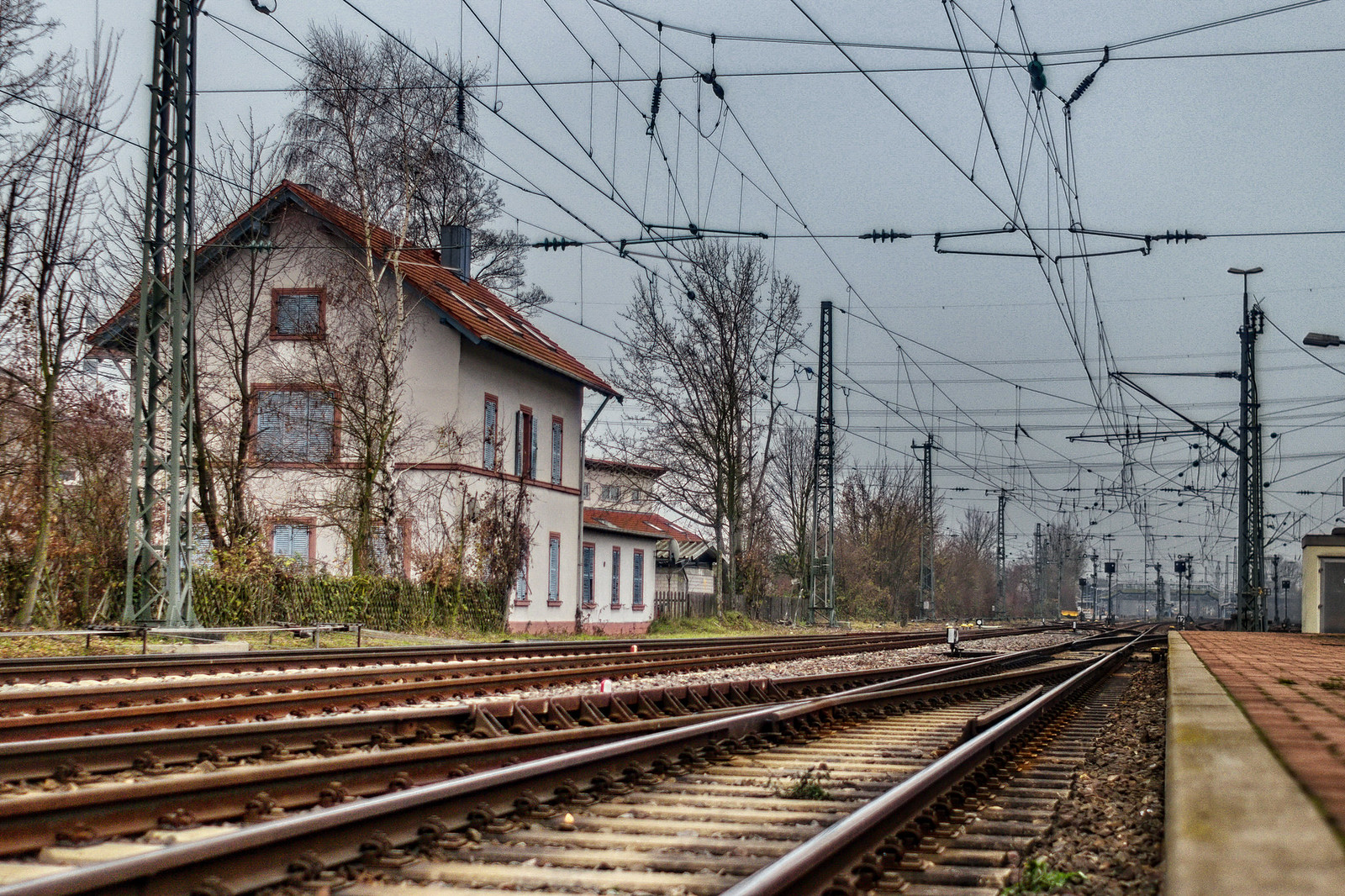
...and now lots of nice bokeh following:
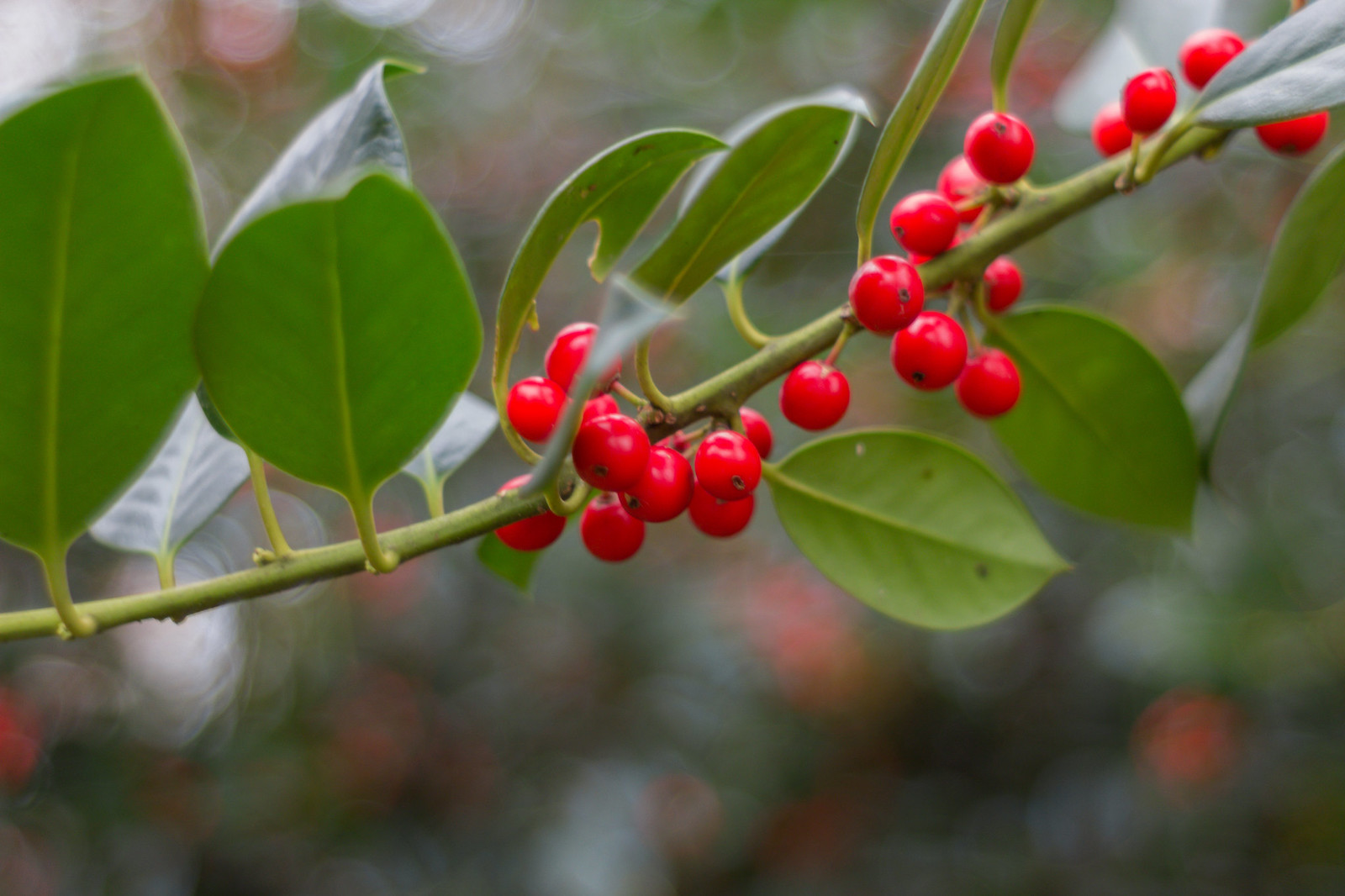
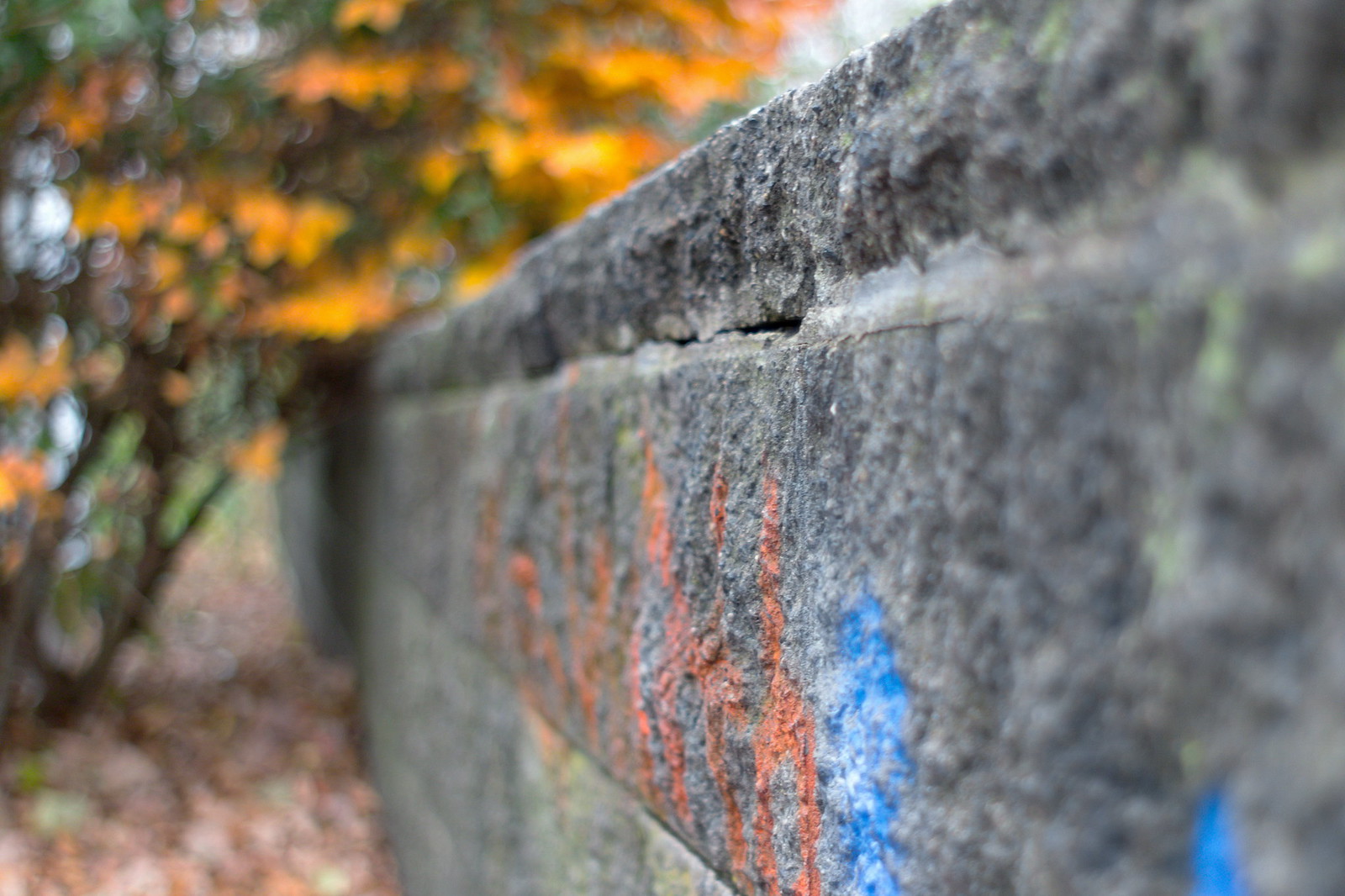
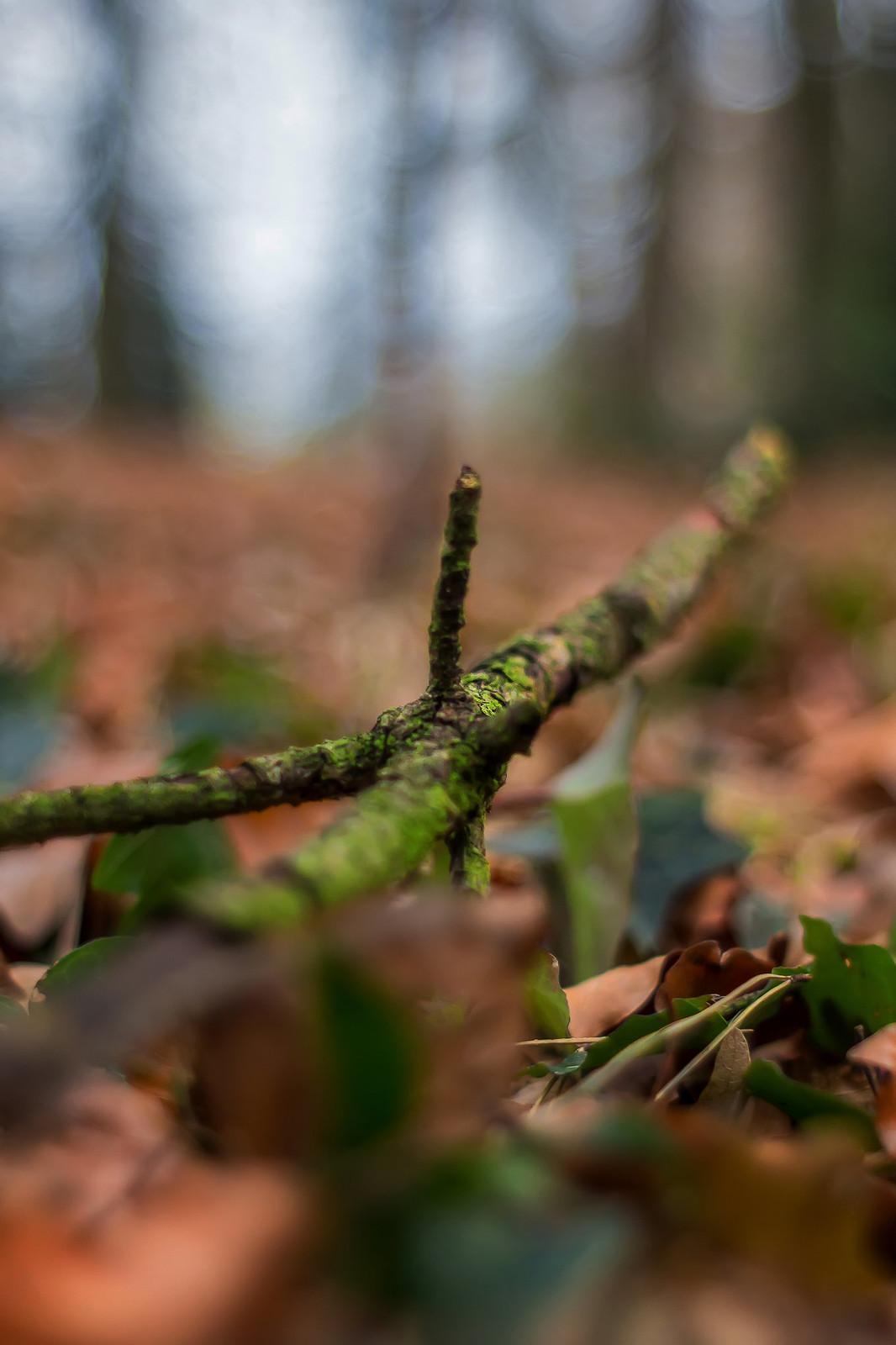 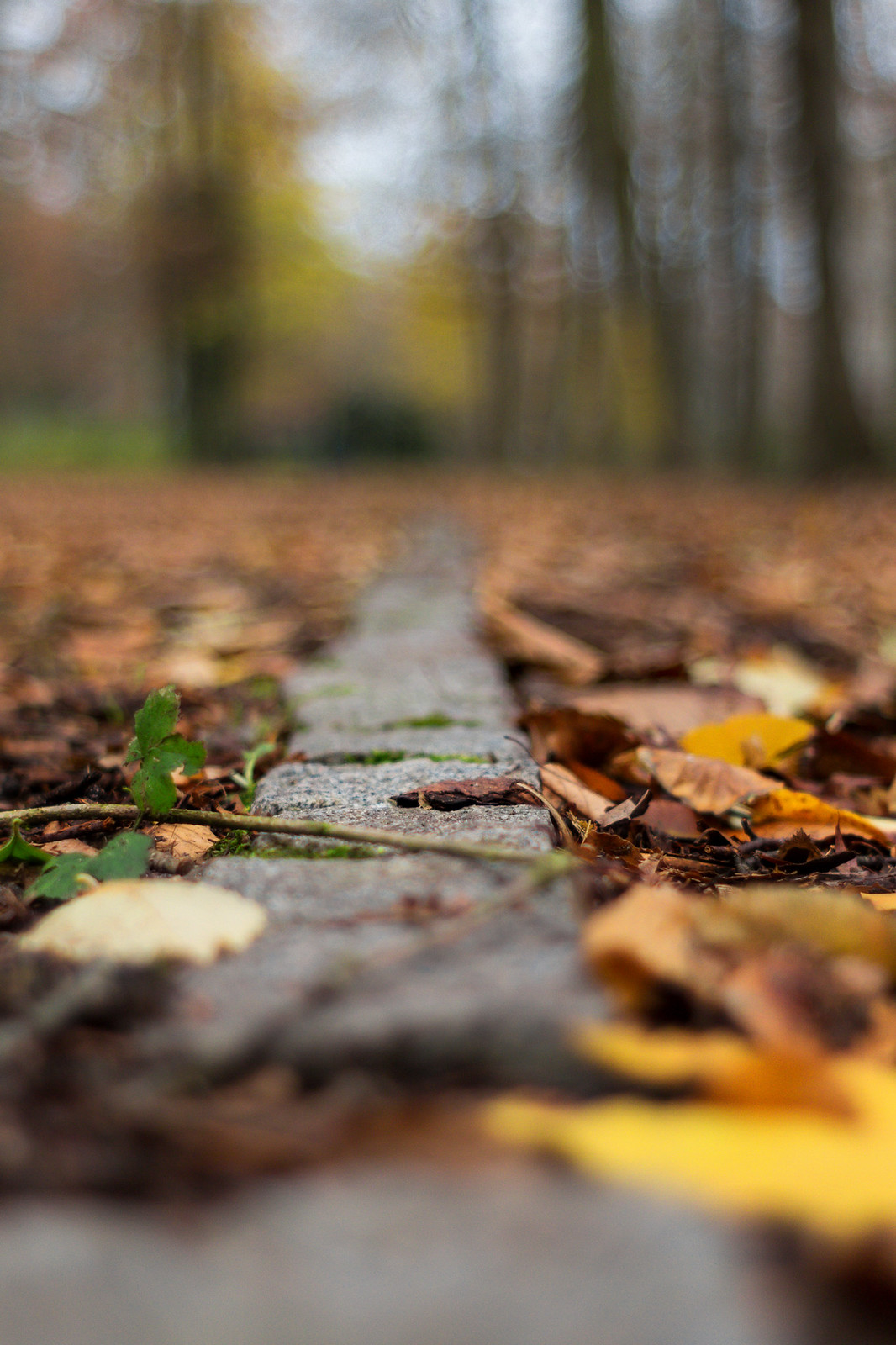

Looks like it's the perfect lens for portraits - I'll take it with me on my next shooting with a model and give it a try :-)
If you shoot in situations with shallow DOF be very careful about the background - you want to avoid a busy one or the resulting bokeh will be very harsh and not pleasing. Otherwise I can recommend this lil beauty wholeheartedly - it has the typical Tak build and feel and it is quite sharp wide open.
More test pictures and a few of the lens itself can be found here.
cheers
mike | | | | | Senior Member Registered: May, 2012 Posts: 140 | | Review Date: October 17, 2013 | Recommended | Price: $50.00
| Rating: 9 |
| Pros: | color rendition, overall image quality | | Cons: | flare, sharpness | | Sharpness: 8
Aberrations: 7
Bokeh: 8
Handling: 10
Value: 10
Camera Used: K-5II
| |
I have only had this lens for a week or so, but have taken it out a couple of times. Note, I put $50 as the price, but in actuality, I paid $50 combined for this lens and a Super Tak 135/3.5. But the seller was not a Pentax guy so I don't think he appreciated these lenses. Overall, my assessment would be that this lens is greater than the sum of its parts. As others have said, not so sharp wide open, but does sharpen up stopped down. Having read the reviews before buying, i haven't really even taken many pics at F2 yet, but at F4, F5.6, it sharpens up well. But the real strength is in the color rendition, and the warm images it creates. Like all the Takumars, the lens is a pleasure to use, with buttery smooth focusing, well-defined aperture stops, and balance on the camera. I have the Super Takumar version, and it is definitely prone to flare. However, i don't see any CA, but without a hood, pointed in the direction of the light source, some of my shots are totally washed out, or have the artifact (not sure if that is the right term) that appears to be the aperture shape superimposed on the image. So to sum it up, while this lens does have its limitations, if you know what they are and work within them, it can produce some beautiful images, and it is a pleasure to use.
| | | | | New Member Registered: January, 2008 Location: Marion, IA Posts: 15
1 user found this helpful
| | Review Date: May 13, 2012 | Not Recommended
| Rating: 5 |
| Pros: | Build Quality, Size for Aperture | | Cons: | Image Quality (resolution, sharpness, flare) | | Sharpness: 5
Aberrations: 4
Bokeh: 5
Handling: 9
Value: 5
Camera Used: NEX 3
| |
The lens is soft wide open, not great stopped down. The lateral CA is very high, longitudinal CA is noticeable at f/2. The lens has a lot of coma, spherical aberrations, some astigmatism. Terrible flare performance on the Super Takumar with 49mm threads. The DA 35mm f/2.4 out performs it by a large margin. However, it does offer unique character. It works well with a lower resolution camera like the Sigma SD14 or if you aren't pixel peeping it should be acceptable. The bokeh will be visible at any level though.
| | | | | Site Supporter Registered: November, 2010 Location: California Posts: 2,223
2 users found this helpful
| | Review Date: August 28, 2011 | Recommended | Price: $180.00
| Rating: 10 |
| Pros: | Everything, what do you expect, it is a Super Takumar | | Cons: | You are kidding, aren't you? | | Sharpness: 10
Aberrations: 10
Bokeh: 10
Handling: 10
Value: 10
| |
This lens is one of the best lenses I ever used. More later with some samples.
Update: January 15, 2015
I had forgotten about this lens until now. Here are some samples:
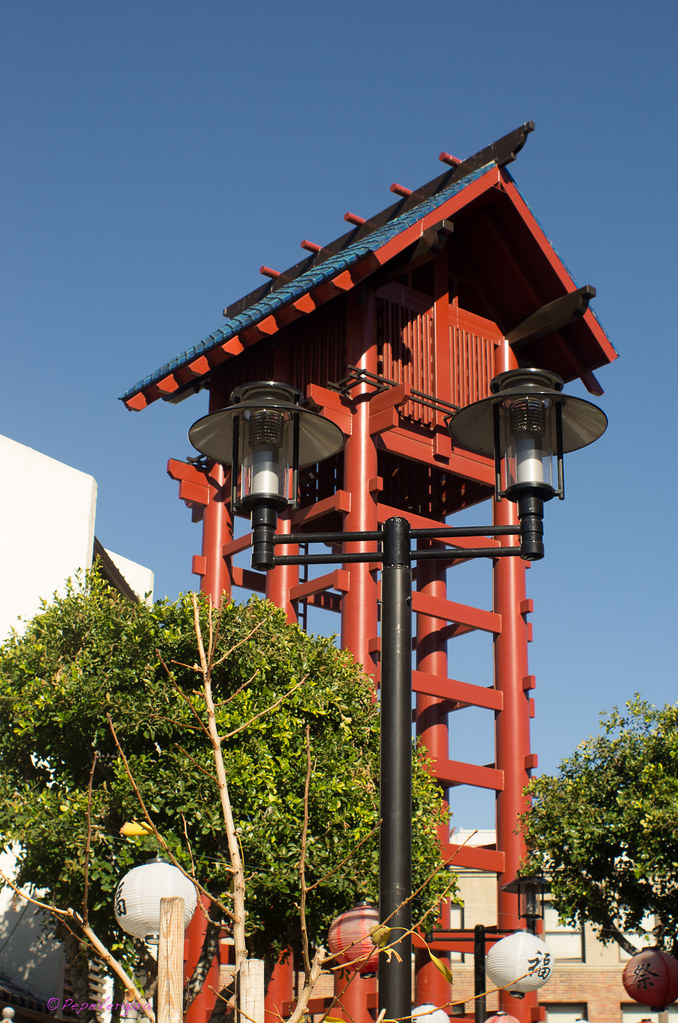 SMCTak35-2-LittleTokyo1-1 by Palenquero, on Flickr SMCTak35-2-LittleTokyo1-1 by Palenquero, on Flickr
 SMCTak35-2-LittleTokyo3-1 by Palenquero, on Flickr SMCTak35-2-LittleTokyo3-1 by Palenquero, on Flickr
 SMCTak35-2-Ambulance-1 by Palenquero, on Flickr SMCTak35-2-Ambulance-1 by Palenquero, on Flickr
 SMCTak35-2-Downtown1-1 by Palenquero, on Flickr SMCTak35-2-Downtown1-1 by Palenquero, on Flickr
 SMCTak35-2-Museum1-1 by Palenquero, on Flickr SMCTak35-2-Museum1-1 by Palenquero, on Flickr
 SMCTak35-2-lmu2-1 by Palenquero, on Flickr SMCTak35-2-lmu2-1 by Palenquero, on Flickr
| | | | | Veteran Member Registered: January, 2008 Location: GTA, ON, Canada Posts: 1,673 | | Review Date: November 12, 2010 | Recommended | Price: $120.00
| Rating: 9 |
| Pros: | Small, Sharp, Fast | | Cons: | all manual | |
I have the 49mm filter Super Takumar. I wouldn't have paid any more than I did for the Super Takumar version, but 120 was for an almost spotless copy at a camera show and I had been watching for a nice 35mm f/2 for several years.
I'm very happy with the colours and sharpness, and have been using the lens as a general purpose "normal" prime on my K10d with a lens hood originally intended for a 50mm focal length. I would suggest finding an appropriate hood to boost contrast and reduce the likelihood of flaring.
Samples: http://www.flickr.com/photos/steinback/sets/72157625201463936/ | | | | | Junior Member Registered: August, 2009 Location: Lexington, KY Posts: 30
4 users found this helpful
| | Review Date: November 20, 2009 | Recommended | Price: $125.00
| Rating: 9 |
| Pros: | Tiny, fast, flare-resistant, S-M-C Takumar | | Cons: | None | | Sharpness: 9
Aberrations: 9
Bokeh: 8
Handling: 10
Value: 8
| |
This is for an S-M-C version on a 14MP 1.5X crop digital. The lens is "minty" except for a tiny nick in the front element, which only shows up as a small dark spot in the PSF (point spread function) -- no worse than dust I've seen in some other lenses. There is no significant yellowing visible for my copy when holding a white sheet of paper behind it.
I have had a 35mm f/3.5 Super Takumar for a while, and it is a remarkable little lens... so I had some doubt that this f/2.0 would be an upgrade... it is!
I've quickly but well tested this lens and it seems to have the same crispness that the f/3.5 does. Colors are similar, but the f/2.0 is less intense and very natural when stopped down, which can be good or bad.
My copy is absolutely fine wide-open, but depth-of-focus is thinner than I expected, which might account for the feelings others expressed about softness wide open. My experiences with yellowed 50mm f/1.4 Taks suggest that yellowed lenses are also optically a tad off (yellowing changes refractive index slightly? -- but UV exposure fixes it), and that's another possible explanation. Anyway, no sharpness problems here. There is the very slightest glow around some high-contrast edges wide open, but its more character than defect. Here's an example:

Notice that the transition to out-of-focus is exceptionally smooth, but the bokeh have nasty ring artifacts. This is the result of the combination of a relatively short focal length and a PSF that has both a bright center (good) and relatively subtle build to a very thin outer ring (bad). Overall, it is usually pleasing, but not reliably so -- you have to watch it.
Stopping down increases depth of field and sharpens things a little, especially in the corners. Optimal performance is around f/5.6-f/8, at which point it is outresolving a 14MP APS-C sensor across the frame, but not quite at MTF 50. Stopped-down colors are very neutral and not overly intense as they are with the f/3.5; this looks like a photojournalism lens, which it historically is. For example:

Flare resistance is nothing short of spectacular. I could not get more than a single minor spot or a very faint partial ring. Unlike many other Takumars, including the SMC 50mm f/1.4, it never seems to go to a contrast wash-out. What's even more impressive is that I don't even have the hood. Here's a typical sun-in-the-shot image:

Although it is much bigger than the f/3.5, this lens is truly tiny for an f/2.0 retrofocus design. Build quality is very smooth and solid... like most other Takumars I own.
Only gripe: price. It took a while for me to find an S-M-C at this cost, whereas the Super Takumar version is sometimes under $100. I'm not sure the S-M-C version is worth the price premium, but flare control is quite remarkable on this lens. Honestly, this lens would not be a bad buy at $200.
| | | | | New Member Registered: March, 2009 Posts: 4 | | Review Date: March 3, 2009 | Recommended | Price: $80.00
| Rating: 8 |
| Pros: | built quality, quick focussing | | Cons: | soft wide open | |
I have this lens for just a few months, but itīs almost one of my favourites. The built quality is outstanding and focusing is as smooth as it can get.
Thereīs also nothing to moan about itīs optical qualitys. But itīs somehow soft wide open... and the bokeh is not the best. Nothing to worry about... just donīt expect any miracles from this approx. 30-40 year old lens.
| | |